duehew
TPF Noob!
- Joined
- Dec 2, 2015
- Messages
- 58
- Reaction score
- 6
- Location
- Grand Rapids, MI
- Can others edit my Photos
- Photos OK to edit
After being away from photography for several years I purchased a Nikon D-3200. (use to use a Minolta XG-7) I started out using the Live View but have gone back to the view finder as I noticed that when using the Live View the shutter speed was slow and with the viewfinder the shutter speed is almost instantaneous. Why is that?? I have found no reference to this anywhere. Am I missing something? Just a dabbler and enjoying it.
Du
Du


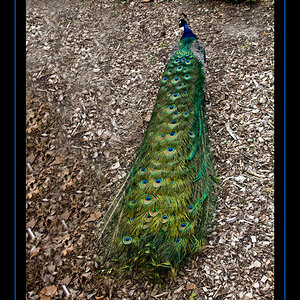

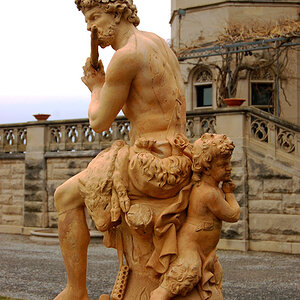
![[No title]](/data/xfmg/thumbnail/32/32981-27e3d29bfa5b1638f18299ec111c7b87.jpg?1619735812)
![[No title]](/data/xfmg/thumbnail/39/39443-45e1b162b6c7c1d8ebbc8faf5623b705.jpg?1619739034)
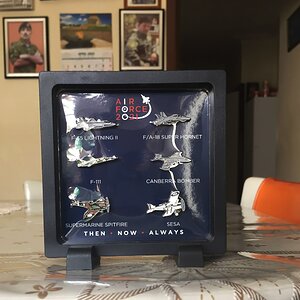
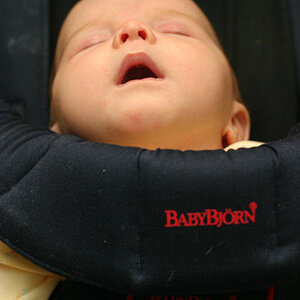
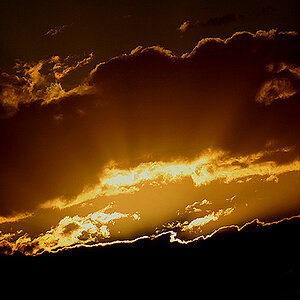
![[No title]](/data/xfmg/thumbnail/41/41920-c7de4d93604fb89eb48454f9e5dba8a0.jpg?1619739944)